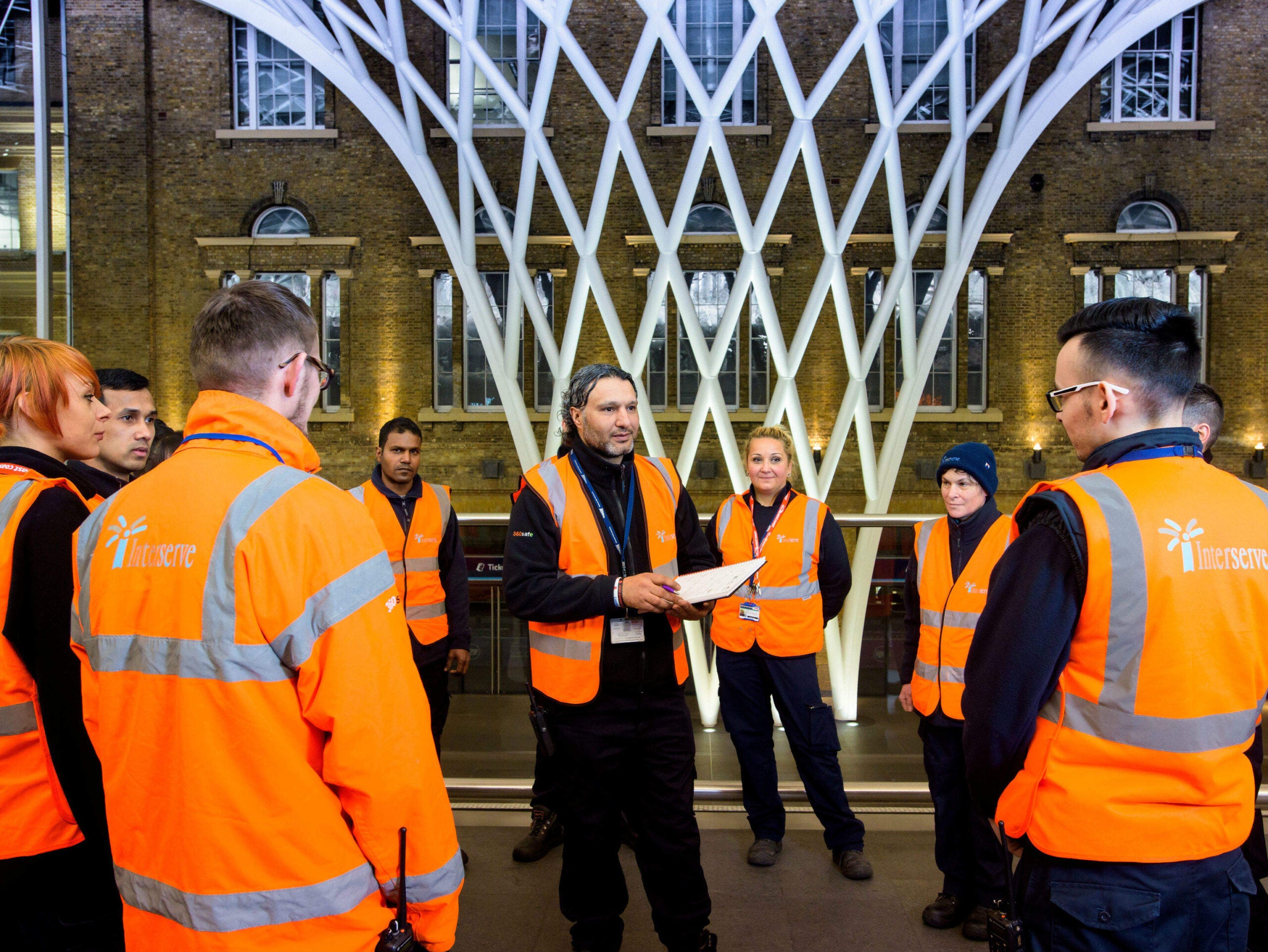

Security is high on the rail agenda. Recent terror attacks around the world have brought home the threats that busy public spaces, such as transport hubs, face on a daily basis. With a rise in the so-called lone wolf-attacks, in particular, making it clear that threats can come from any angle, it has become harder than ever to police public areas.
The challenge faced by the rail industry has been made more complicated due to by the changing nature of station environments. Recent station upgrade programmes have seen many of major transport hubs transformed into vibrant spaces that offer a mix of restaurants, cafes and shops. While this has elevated the customer experience and diversified operators’ revenue streams, these developments have also made stations much more complex environments to keep safe. Maintaining line-of-sight in these busy, bustling spaces is no easy feat.
However, the evolution of railway stations also presents an opportunity for the industry, introducing a new mix of employees into the station environment who can join the fight against terrorism. Security teams require additional support and the solution is clear: everyone who works within the station environment should receive some basic counter-terrorism training. There are schemes already in place that can help make this a reality and the industry needs to capitalise on these programmes to quickly bring staff from all corners of the station up to speed.
Learning from the transport police
Across the UK, workers from non-security backgrounds are using national police schemes to keep customers safe. This year, the National Counter Terrorism Security Office (NaCTSO) extended its counter-terrorism training programme, Project Griffin (an initiative originally developed by the City of London Police to help protect the capital against the threat of terrorism), to offer security training for employees working in busy public places across the country.
Based on the belief that everyone should play a part in keeping the public safe, the scheme instructs employees from a wide range of teams in basic counter-terrorism awareness. Between now and early 2017, an estimated one million people working in crowded places, including those in the entertainment, sports and retail sectors, will be trained to spot potential terror threats.
This model of cross-team collaboration could bring significant benefits in the station environment. Project Griffin’s training programme, for example, has distinct components that have readily identifiable applications in the rail environment, such as spotting potential threats and reacting in the event of an emergency.
However, comprehensive training schemes are not the only answer. UK-based support services and construction company Interserve, for example, has been working alongside rail operators and the British Transport Police (BTP) to teach cleaning and maintenance employees to deploy the BTP’s ‘HOT’ protocol – a system to identify potential threats, determine the level of risk and then report it based on three criteria.
The system is relatively straightforward and trains people to assess unattended objects based on whether the item is hidden i.e. has it been deliberately concealed from employees and the public; if the item is obvious, for example in its physical appearance or placement; and finally, is it typical of what one would expect to find in that environment. This requires a simple change of mindset but can have far-reaching implications in the push to keep passengers safe.
Clearly, putting these schemes in place will require commitment and an investment from employers, not least in the form of the soft cost of the time required to get employees up to speed. But there are steps that employers can take to help streamline the training process.
Interserve has registered as a partner with NaCTSO and taken part in its Product Familiarisation programme, which instructs companies in how to self-deliver security training. Counter-terrorism awareness is now an integrated part of ongoing skills development programmes, bringing cost and time efficiencies. By training employees in counter-terrorism awareness as standard, the company has also reinforced security skills as an essential part of the facilities management role, rather than an add-on.
Of course, this self-delivery model may not work for all, in particular for smaller companies with more limited infrastructure and resources.
A shared responsibility for safety
Safeguarding railway stations is a responsibility shared by all. Employees across the station environment, from retail and restaurant employees, to cleaners and maintenance teams, should all be trained in basic security awareness techniques. Getting this right will mean an extra pair of eyes on the ground for operators and ensure that station security teams can maximise their resources.
It will require close collaboration across the supply chain and a commitment by employers to invest in the necessary training schemes and processes to make sure employees are armed with the right tools to spot potential threats. However, by helping to protect passengers, the rewards will far outweigh the costs.



